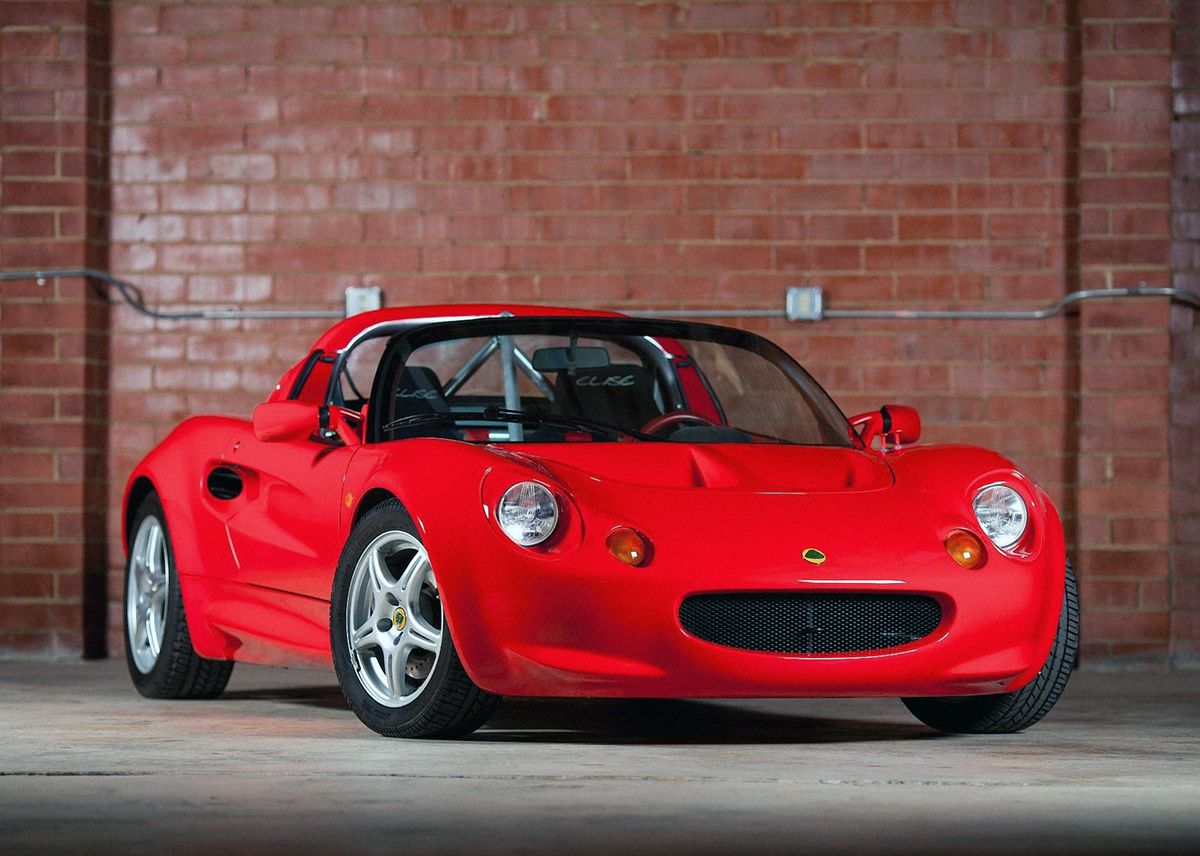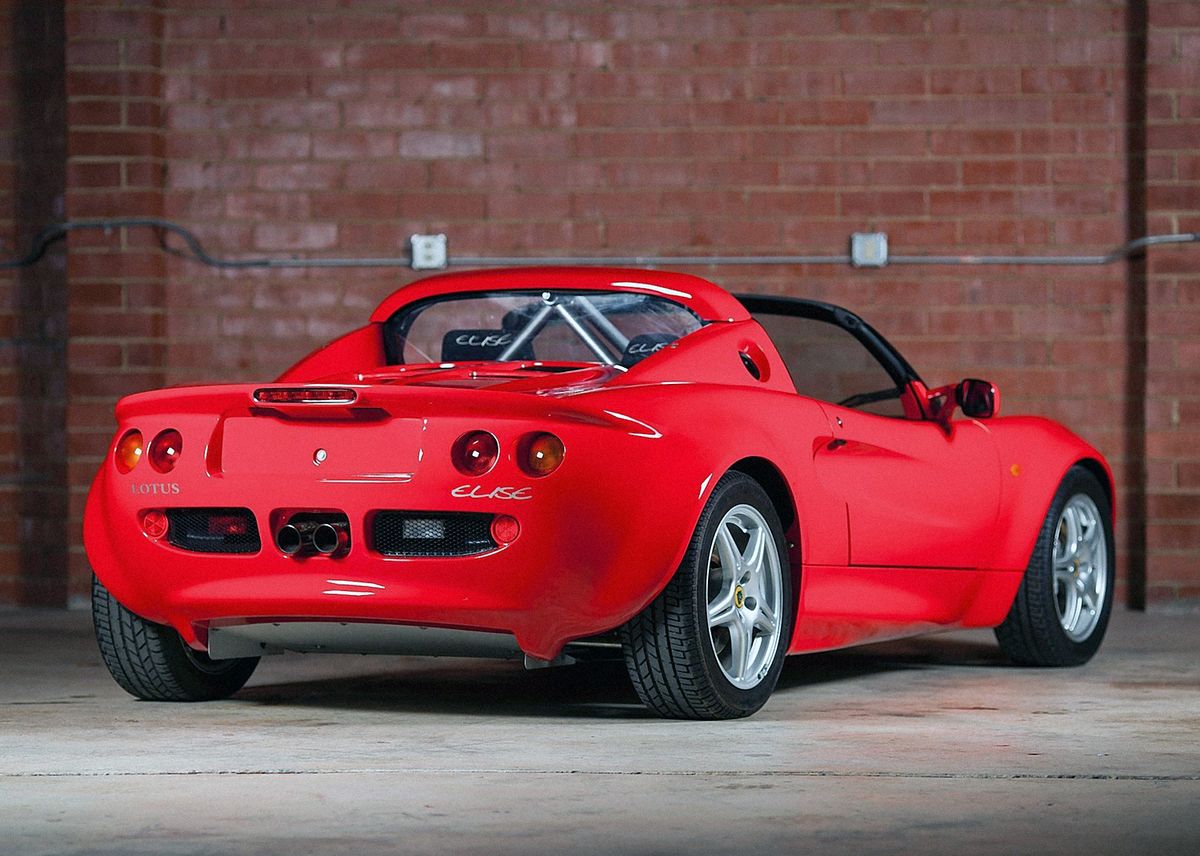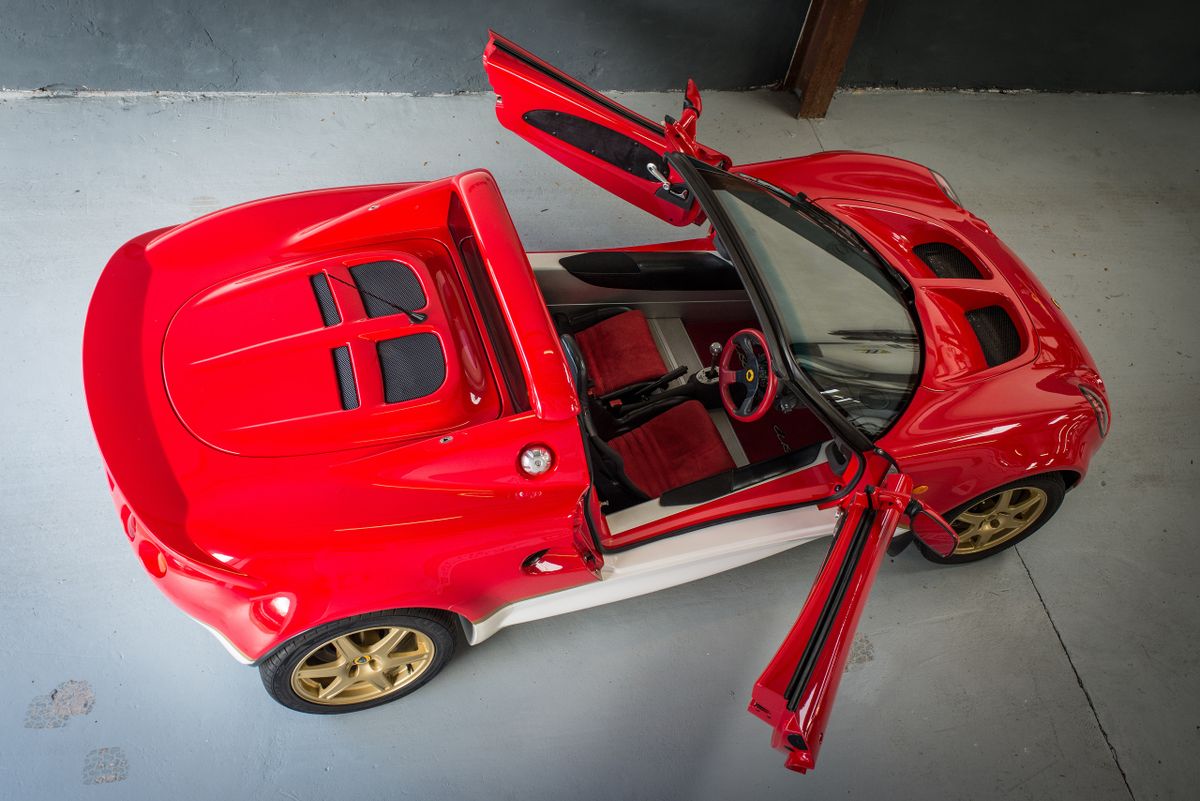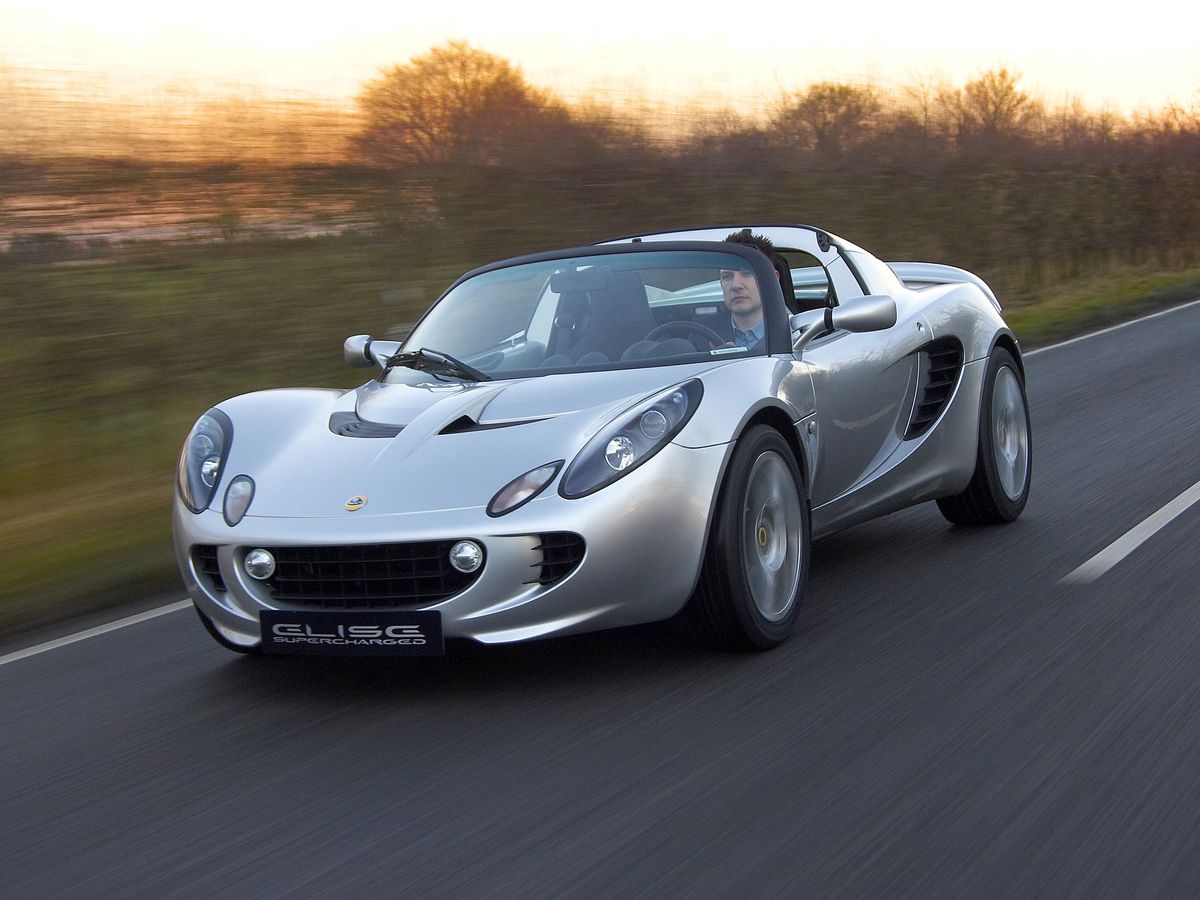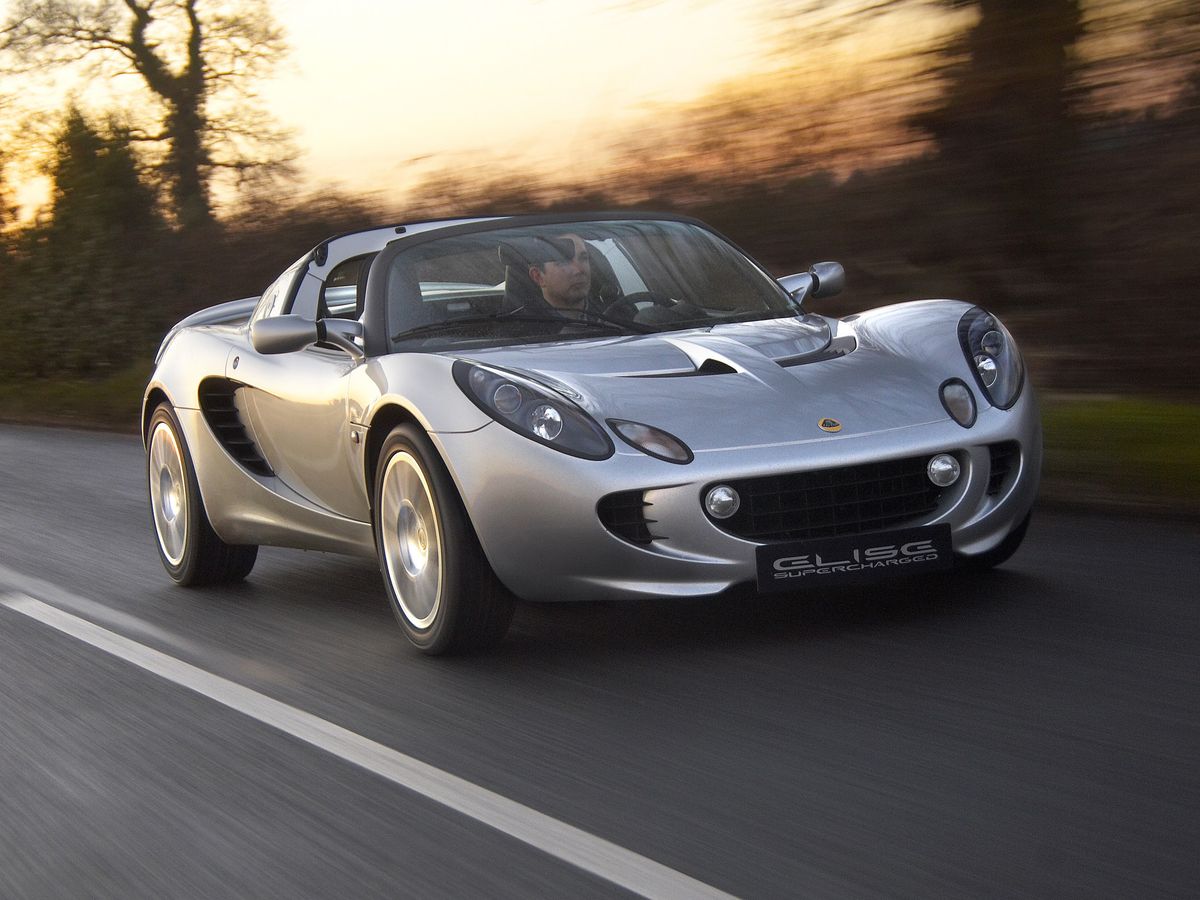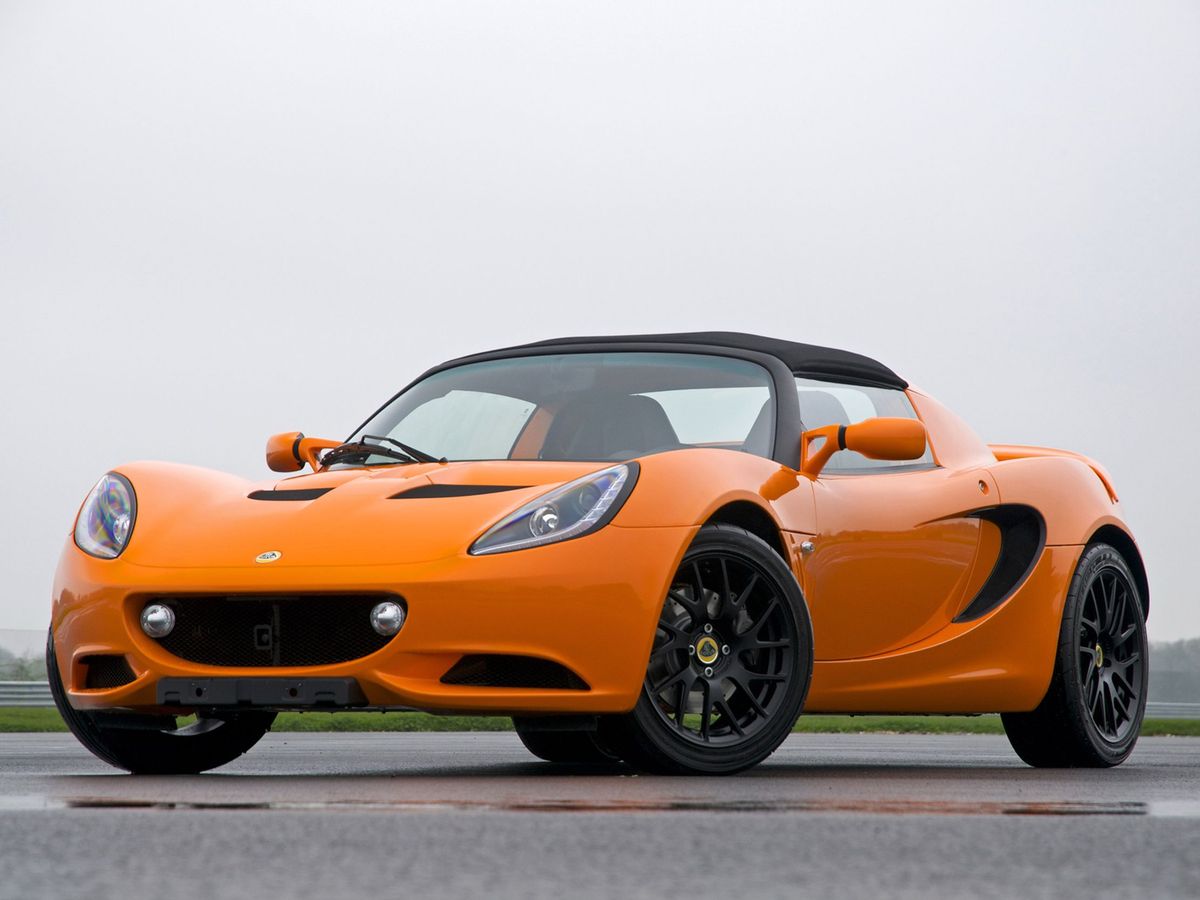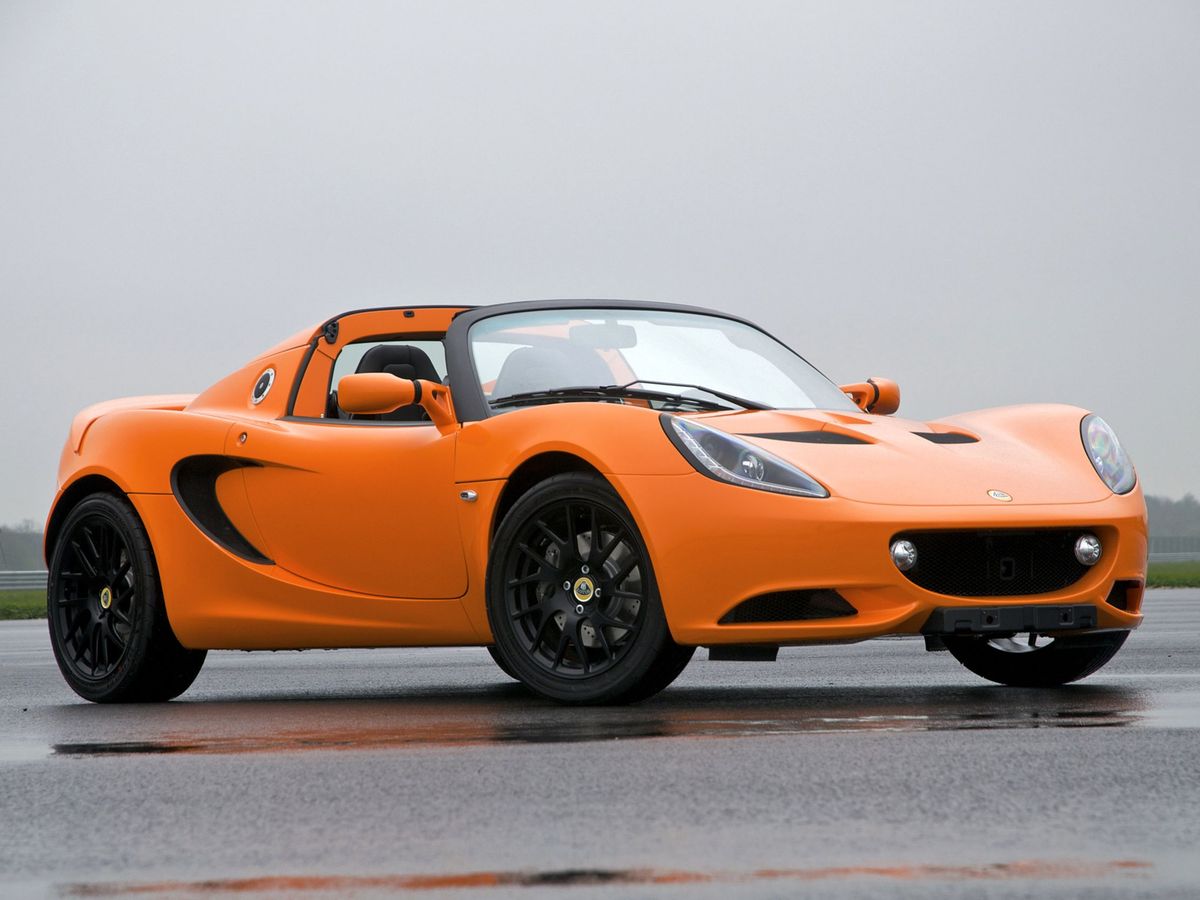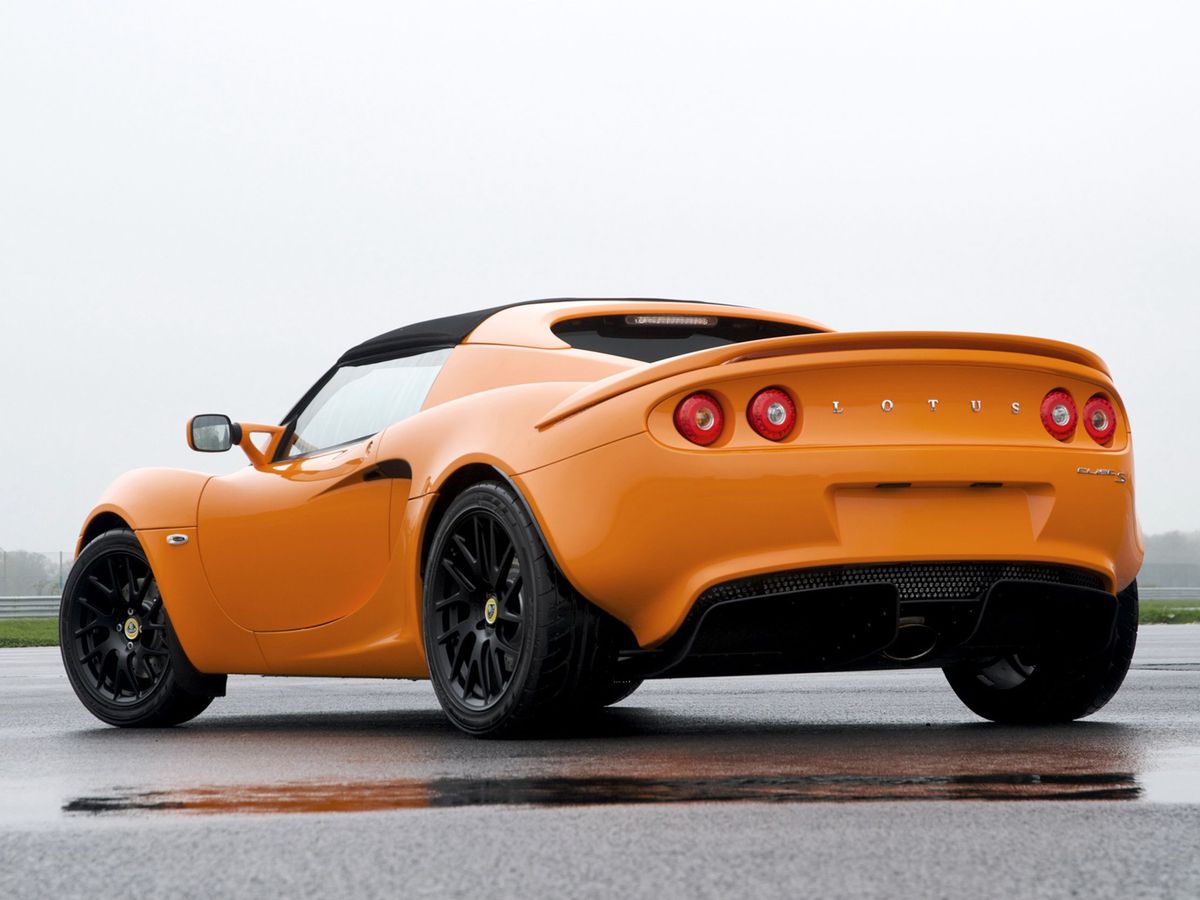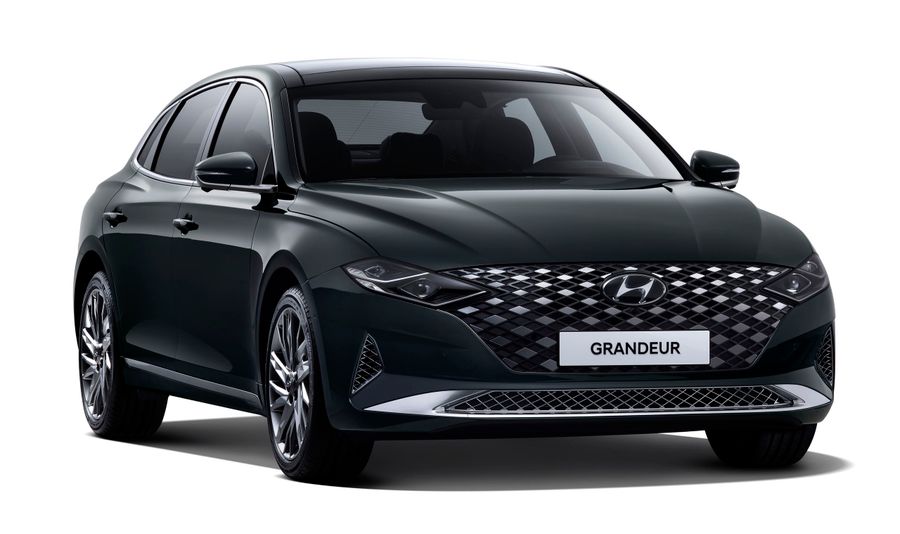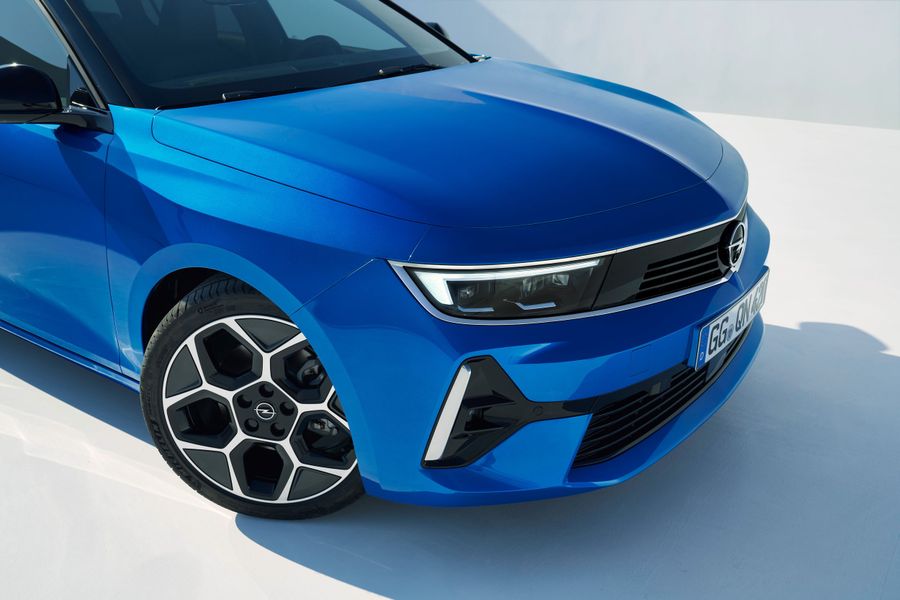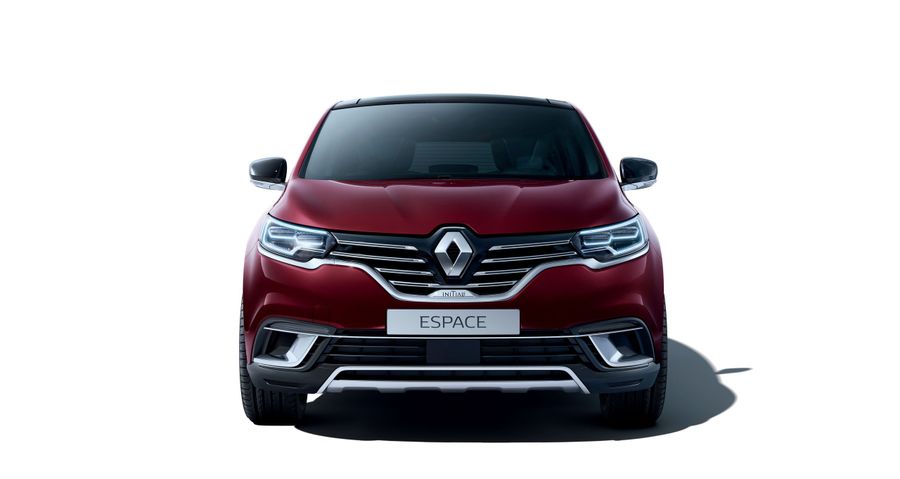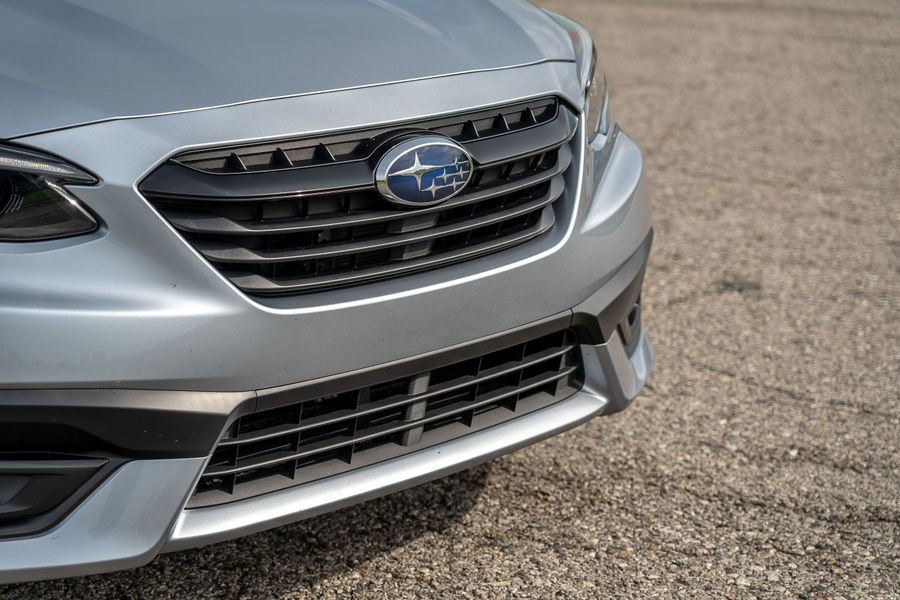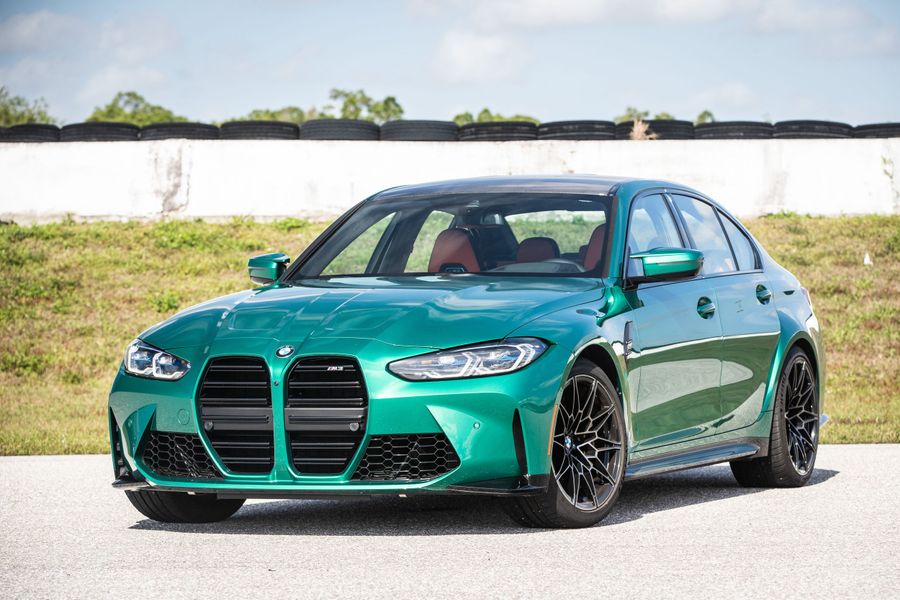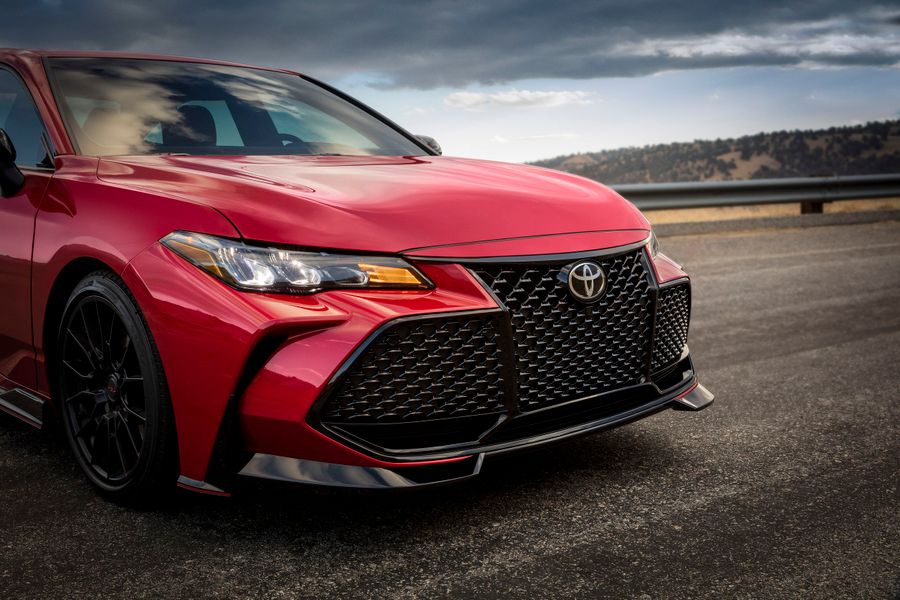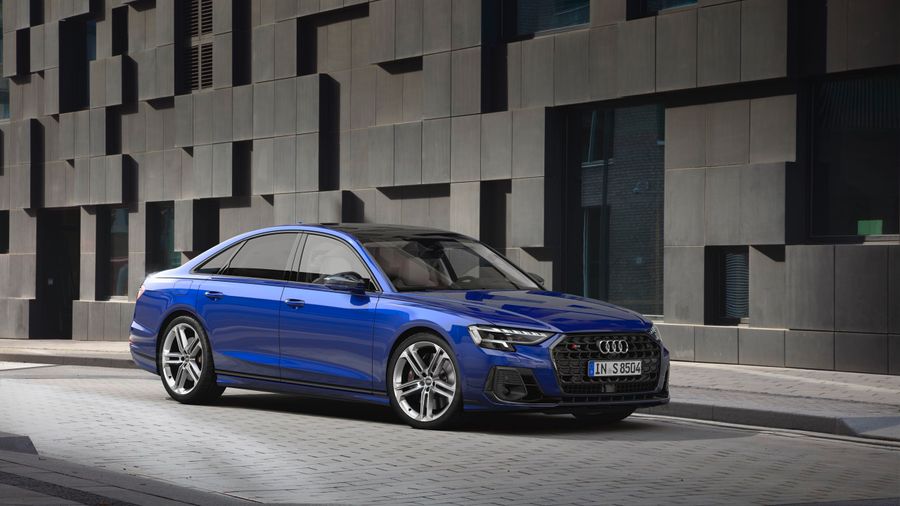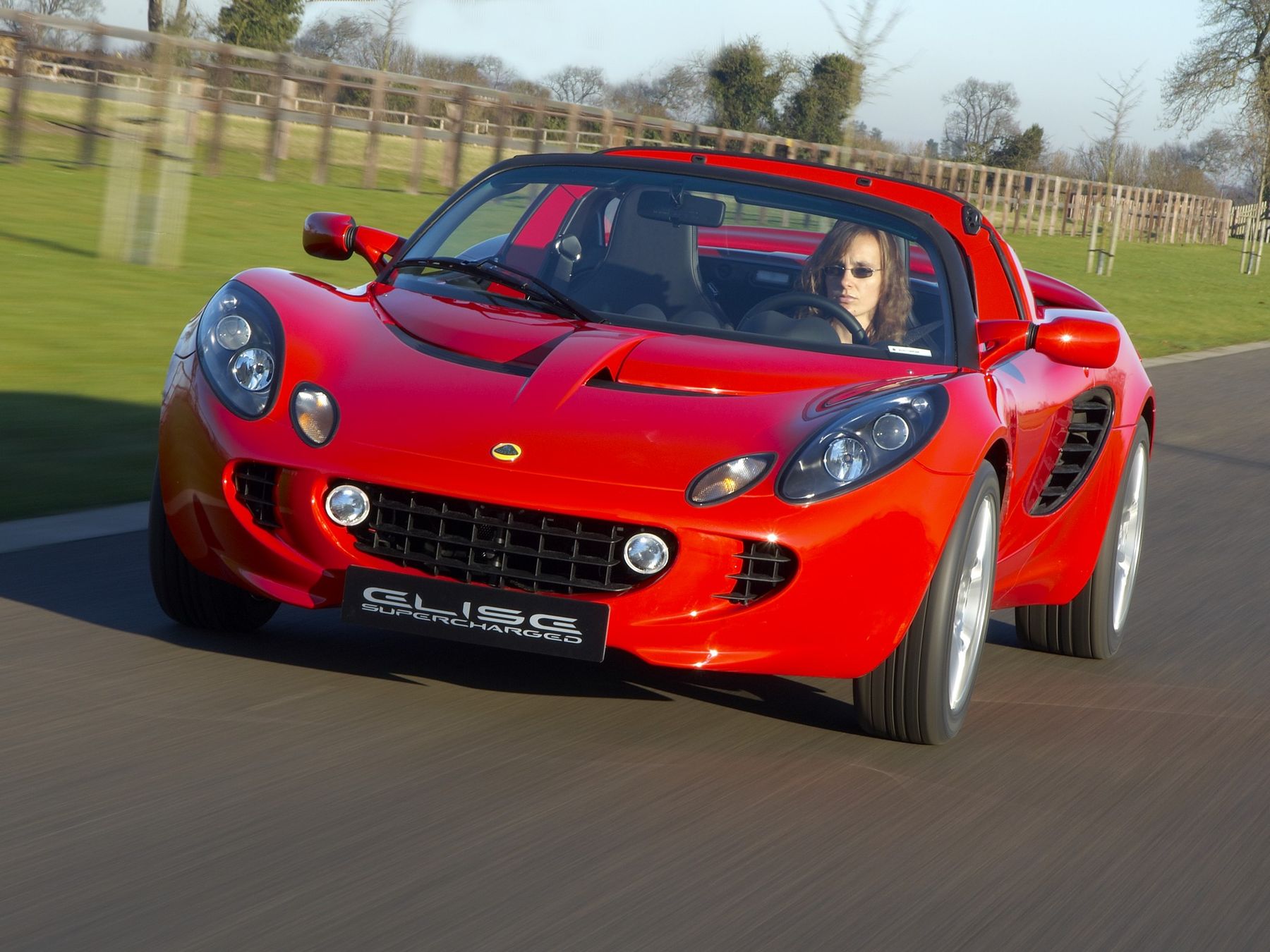
Flower for a little lady
The Lotus Elise is a compact rear-wheel drive roadster manufactured by Lotus Cars (UK). It has been produced since September 1996. The plans to build this car emerged in early 1994. The manufacturer wanted to develop a lightweight and powerful car suitable for everyday driving. The Lotus brand started its own revival under the leadership of the very famous entrepreneur Romano Artioli, who owned Bugatti since the late 1980s. In 1993, he bought the Lotus company from General Motors, and thanks to his willful decision, the Elise became a production car.
Lotus cars are for subtle connoisseurs of pure pleasures, for those who want to merge with their car, allowing the soul to blissfully fly in unison with the roar of the engine. Each ‘horse’ of the engine is designed for your pleasure.
Origins
The car was named Elise in honor of Elisa, Artioli’s granddaughter. She was born around the time that car development began. The sports car was unveiled at the 1995 Frankfurt Motor Show. When the cloth hiding the very first Lotus Elise S1 was lifted, everyone saw a little girl of two and a half years old proudly sitting in the car. The little lady was not afraid, realizing the importance of the event for her family. This performance touched the hearts of everyone present, because little girls are able to melt any heart. After the event, the manufacturer received many pre-orders for the car, as the baby drew attention to something really wonderful.
Later, Elisa Artioli, even at school, introduced herself as Elise Lotus, since her name was associated with the brand that her grandfather restored! And when Romano Artioli sold the brand and returned to Italy together with his family, he took with him a new gray Elise S1. His granddaughter grew up looking at this car, which had been waiting for her for many years: ‘I would go to the garage to see its smiling face. I always considered this car a member of the family.’ When Elise grew up, this gray roadster really became her everyday car.
The first generation
It was produced from 1995 to 2000. Like other cars of the brand, the first Lotus Elise was created according to the behests of the company founder, Colin Chapman, an engineer who always loved the idea of reducing the weight of the car. The first Elise weighed 725 kg, so even a small 1.8-liter Rover K-Series engine and its 120 hp allowed a small weightless roadster to accelerate very rapidly (5.9 seconds to 100 km/h). The secret of this lightness is a glued spatial frame made of aluminum profile, closed from above by body panels made of fiberglass, which is weightless in comparison with metal. This decision was made by Richard Rackham, who was previously responsible for the racing versions of the Lotus Espirit car. Aluminum is the only material that is light enough. Gluing was very common in aircraft industry because it allowed the mechanical properties of materials to be kept constant and distribute stress more efficiently, but the idea of using glued profiles for a car was revolutionary. The frame profiles were made of an aluminum-magnesium-silicon alloy and bonded with a thermally activated epoxy resin at a temperature of about 200°C for 40 minutes. Such a frame weighed only 68 kg, which was half the weight of its steel counterpart, and had a torsional rigidity of more than 11,000 Nm per degree.
The Lotus models also have an unusual layout, but it is a traditional option for the brand: the engine is located in the middle of the body, behind the seats, driving the rear wheels. The advantage of this design is that the weight distribution along the axles is close to ideal, which ensures excellent handling.
The Elise came in different versions:
- 1997 - Racing version (only 7 units), suitable for the FIA GT1 Championship with a long carbon fiber frame, with V8 engines (Lotus or Chevrolet LT5 6L);
- March 1998 - Sport 135 with a more powerful engine, modified gearbox and sports seats (85 units);
- March 1999 - 111S (S stands for ‘Sprint’, which was historically used to denote improved versions of Lotus models), featuring the new version of the Rover engine, equipped with a VVC variable valve timing system, developing 145 hp at 7,000 rpm;
- 2000 - Sport 160 was an improved 111S version. It was originally planned to produce a limited series of 100 cars, but the demand was too high. Thus, by the end of 2001, the manufacturer produced 337 units, featuring a 160 hp engine and a new Janspeed exhaust system;
- A crazy 340R version without a roof and doors with a 177 hp engine (262 hp per ton of mass) and semi-slick wheels extended outside the body, capable of accelerating to 100 km/h in 4.6 seconds;
- 2000 - Elise Millennium Edition in the unique Atlantis Blue color, batch of 50 units.
The second generation
It has been produced from 2000 to the present, and was restyled in 2010 (as of 2021). The second generation Elise was unveiled at the 2000 Birmingham Motor Show. The public and the press were amazed, since up to this point the S2 project was kept secret so as not to affect the sales of the first generation car. The aluminum frame of the roadster is the same. However, the side rails have become lower, which makes it much easier to get inside the car. The exterior design and interior are new and very attractive.
The second generation looks modern and sophisticated, featuring elongated headlights, large air intakes and curved lines. The interior is still minimalistic and humble, but better finished and more comfortable. The developers eliminated the first generation car’s tendency to oversteer to make the car suitable for less experienced drivers as well.
The car was named Elise in honor of Elisa, Artioli’s granddaughter.
As for the engines, originally, there was a 1.8 liter engine that could produce 120 or 160 hp. The engine featured a new electronic control unit developed by Lotus engineers to improve throttle response and comply with Euro III regulations. However, in 2004, the sports car underwent a revolutionary change. The good old Rover unit was replaced with a more reliable Toyota engine of the same volume with 195 hp. The choice fell on the 1.8.2ZZ-GE unit, widely used in the domestic market, with the VVTL-i variable valve timing system. This engine was developed in collaboration with Yamaha. It was paired with a 6-speed C64 manual transmission by Toyota. There was (for the first time for the Elise) the ABS system, developed with the support of Bosch.
In 2008, a turbocharged version of the engine appeared, developing 222 hp. The second generation roadster also had special editions, produced in small batches and similar to the first generation modifications: 135 Sport, 111S, 135R and 99T, dedicated to Ayrton Senna’s victory in Formula 1.
2010 restyling
In order to cut costs on reworking an engine that does not meet new environmental requirements, Lotus engineers simply changed the engine to a more modern one. In February 2010, a new version of the base car was presented in Geneva. It was equipped with a 1.6-liter 4-cylinder 1ZR-FAE with 136 hp.
The changes also touched the exterior of the car: its front and rear ends were redesigned, but the recognizable Elise style was carefully preserved. The interiors, however, have remained unchanged since 2008, when a new dashboard and standard airbags appeared.
Lotus cars are for subtle connoisseurs of pure pleasures, for those who want to merge with their car, allowing the soul to blissfully fly in unison with the roar of the engine.
In 2013, the manufacturer created a racing version of the Elise, the S Cup R, equipped with a 1.8 2ZR FE 220 hp engine. Aerodynamics have been improved through the use of fins, splitters, a rear diffuser, a wing, and a carbon fiber spoiler. The new car weighed 924 kg, featuring new springs and new sports shock absorbers. Acceleration to 100 km/h took 4.6 seconds.
The 2019/2020 Lotus Elise composite body guarantees the necessary safety parameters and the efficiency of impact absorption in a collision. The security systems include frontal airbags and anti-lock braking system. The list of additional equipment comprises dynamic stabilization system, traction control system, fog lights. The new Lotus Elise has acquired cruise control, new alloy wheels, new headlights with LED running lights and direction indicators.
The car features a double wishbone suspension both at the front and at the rear. It is equipped with Bilstein shock absorbers and Eibach springs and is carefully tuned. This is required not only to maximize the potential of the car on the track, but also to send the driver as much information as possible about what is happening with the wheels of their car on standard roads.


